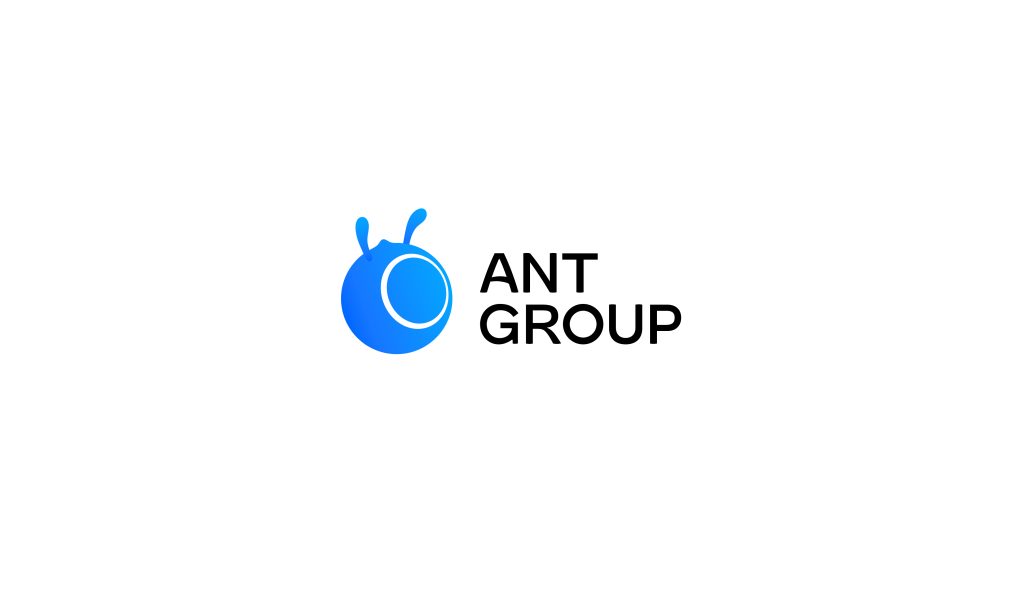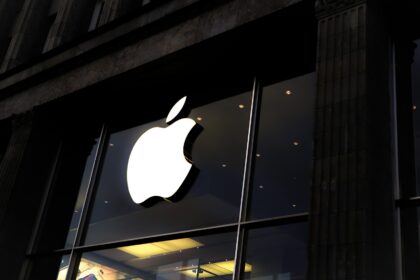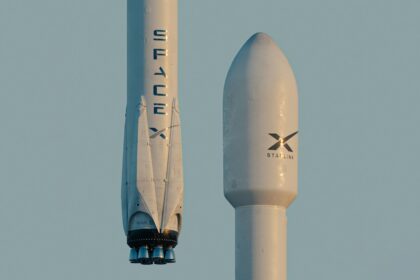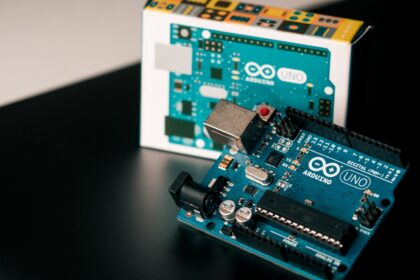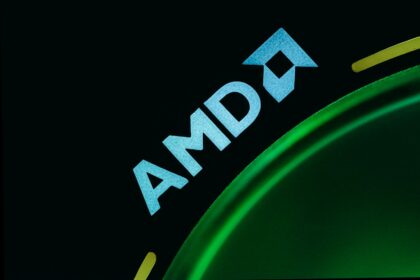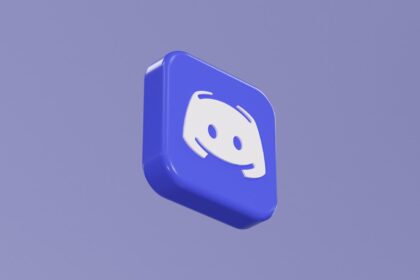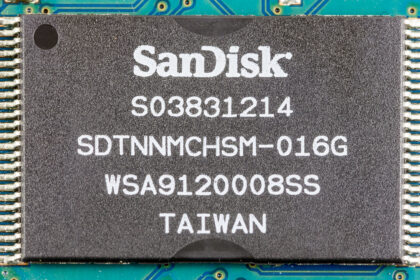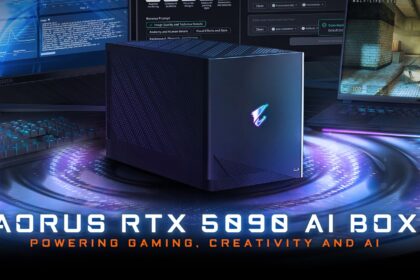Chinese fintech giant Ant Group just dropped a bombshell in the AI race. The company unveiled Ling-1T, a massive trillion-parameter language model that rivals the best AI systems in the world. Released on October 9, 2025 as an open-source project, this free AI model directly challenges OpenAI, Google, and other Western tech leaders.
The staggering scale of Ling-1T
Ling-1T packs a full trillion parameters, putting it in the same league as the biggest language models ever created. Parameters are the adjustable settings that determine how an AI model processes and generates text. More parameters generally mean smarter, more capable AI.
To put this in perspective, OpenAI’s GPT-4.5 is estimated to have between 5-7 trillion parameters. Ling-1T sits comfortably in the top tier of AI models with its 1 trillion parameter count. However, raw size isn’t everything in the AI world.
The model achieved impressive results on difficult reasoning tests. On the 2025 American Invitational Mathematics Examination (AIME), Ling-1T scored 70.42% accuracy. This benchmark tests AI systems on competition-level math problems that challenge even smart humans.
“At Ant Group, we believe Artificial General Intelligence (AGI) should be a public good—a shared milestone for humanity’s intelligent future”, stated He Zhengyu, Chief Technology Officer of Ant Group.
How Ling-1T outperforms the competition
Ant Group designed Ling-1T as a “non-thinking” model, meaning it generates responses in one pass without extensive internal reasoning steps. Despite this simpler approach, it matches or beats more complex rivals on key benchmarks.
The model excels at code generation, software engineering, high-level mathematics, and logical reasoning. Ling-1T outscored DeepSeek-V3.1, Kimi-k1.5, and OpenAI’s GPT-4.5-mini on evaluations like CodeBench and AIME. It even kept pace with Google’s Gemini-2.5-Pro despite using fewer computational resources.
Unlike many competing models, Ling-1T uses a Mixture-of-Experts (MoE) architecture. This design activates only about 500 billion parameters per task rather than the full trillion. Think of it like a hospital that sends you to the right specialist rather than consulting every doctor for a simple checkup.
The efficiency advantage is massive. Ling-1T delivers GPT-4-class performance at a fraction of the computational cost. For businesses running AI at scale, this could mean savings of millions of dollars annually.
The dInfer framework steals the show
Ant Group simultaneously released dInfer, a revolutionary inference framework that claims to be 10 times faster than Nvidia’s own solution. This might be even more important than the Ling-1T model itself.
dInfer powers diffusion language models, a newer type of AI that generates text in parallel rather than sequentially. Traditional models like ChatGPT produce text one word at a time from left to right. Diffusion models work more like image generators, creating the entire output simultaneously.
The performance numbers are stunning. In code generation tests, dInfer achieved 1,011 tokens per second compared to just 91 tokens per second for Nvidia’s Fast-dLLM framework. That’s over 11 times faster. Even compared to the popular vLLM system running Alibaba’s Qwen model, dInfer was 3.4 times faster.
“We believe that dInfer provides both a practical toolkit and a standardized platform to accelerate research and development in the rapidly growing field of dLLMs”, Ant researchers explained in their technical documentation.
Understanding the Ant Group AI ecosystem
Ling-1T sits within a comprehensive family of AI models that Ant Group has assembled. The company now maintains three distinct series, each serving different purposes.
The Ling series includes traditional “non-thinking” models optimized for speed and efficiency. These models generate responses quickly without extensive internal reasoning chains. Ling-1T serves as the flagship of this family.
The Ring series focuses on “thinking” models that use chain-of-thought reasoning. Ring-1T-preview, released in September 2025, was the world’s first open-source trillion-parameter thinking model. These models take longer but deliver better results on complex logical problems.
The Ming series handles multimodal tasks involving images, text, audio, and video. These models can analyze photos, generate videos from text descriptions, and process multiple types of media simultaneously.
Additionally, Ant Group experiments with LLaDA-MoE, a diffusion-based model that combines Mixture-of-Experts architecture with parallel generation techniques.
Why diffusion models matter for the future
Diffusion language models represent a fundamental shift in how AI systems generate text. Instead of predicting the next word based on previous words, they start with random noise and gradually refine it into coherent text.
This approach mirrors how image generation tools like DALL-E and Midjourney work. These systems have proven incredibly successful for visual content, and researchers believe similar techniques could revolutionize text generation.
The main advantage is parallelization. Traditional autoregressive models must generate each word sequentially, limiting how fast they can produce output. Diffusion models can work on the entire response at once, theoretically enabling much faster generation.
However, diffusion language models have struggled with practical deployment due to high computational costs. The dInfer framework specifically addresses these challenges, making diffusion models viable for real-world applications.
China’s strategic AI positioning
Ant Group’s releases reflect broader trends in China’s technology sector. Facing restrictions on accessing cutting-edge Nvidia chips, Chinese companies are focusing on algorithmic innovations and software optimizations.
The approach is working. China now accounts for 40% of the world’s large language models, with at least 130 different AI systems in development. This represents what industry insiders call the “War of a Hundred Models” – intense competition among Chinese tech firms to dominate AI.
Major players include Alibaba (which owns 33% of Ant Group), ByteDance, Baidu, Huawei, and Tencent. Each company is pursuing slightly different strategies, creating a diverse ecosystem of AI technologies.
Export restrictions actually accelerated innovation in some areas. Unable to simply buy the best hardware, Chinese firms developed more efficient algorithms that do more with less computational power. This efficiency-first approach could ultimately prove more sustainable than the brute-force scaling pursued by some Western companies.
Open source strategy as competitive weapon
By releasing Ling-1T as open source, Ant Group makes a strategic bet on collaborative development. Anyone can download, modify, and deploy the model without paying licensing fees. This contrasts sharply with closed-source models like GPT-4 or Claude.
The open approach accelerates innovation by allowing researchers worldwide to experiment with and improve the technology. It also positions Ant Group’s infrastructure as the foundation for a global AI ecosystem.
However, this strategy has commercial trade-offs. Companies that give away their best AI models forgo direct revenue from licensing. Instead, they must monetize through cloud services, consulting, or complementary products.
Alibaba recently shifted in the opposite direction, making its newest Qwen-3-Max-Preview model proprietary after years of open releases. This suggests even advocates of open source recognize limits to free distribution of cutting-edge AI.
Real-world performance benchmarks
Ling-1T excels particularly in domains relevant to Ant Group’s financial services business. The model handles financial reasoning, fraud detection, risk assessment, and transactional pattern analysis better than general-purpose alternatives.
This highlights a crucial insight: domain-specific models trained on proprietary data can outperform larger general models in specialized tasks. Ling-1T isn’t just random internet text – it’s optimized for the specific challenges Ant Group faces operating Alipay and managing trillions in financial transactions.
On coding benchmarks, the model demonstrates strong software engineering capabilities. It can generate working code, debug existing programs, and handle complex algorithmic challenges. These skills make it valuable for developer tools and programming assistants.
The mathematical performance is particularly impressive given the constrained output token limits. Ling-1T achieves high AIME scores while using over 4,000 tokens per problem – showing it can work through complex reasoning efficiently.
Comparison with Western AI giants
Ling-1T’s performance puts it roughly on par with GPT-4-level models from 2023, though direct comparisons are difficult. Different benchmarks emphasize different capabilities, and testing methodologies aren’t always standardized.
What’s clear is that Chinese AI models have closed the gap significantly. Just two years ago, Western models led by 18-24 months in capabilities. Today, top Chinese systems match or exceed their American counterparts on many benchmarks.
The real advantage for models like GPT-4.5 and Claude 3.7 lies in areas harder to quantify: nuanced understanding of cultural context, creative writing quality, and robustness across diverse prompts. These “soft” capabilities don’t show up clearly in benchmark scores.
The AWorld framework and AI agents
Ant Group is simultaneously developing AWorld, a framework for continual learning in autonomous AI agents. These systems are designed to complete tasks independently on behalf of users without constant human guidance.
AI agents represent the next frontier beyond chatbots. Instead of just answering questions, they can take actions: booking flights, scheduling meetings, conducting research, and managing complex multi-step workflows.
The combination of Ling-1T’s reasoning capabilities with AWorld’s autonomous operation could create powerful AI assistants. Imagine a system that not only understands your financial goals but actively manages investments, identifies fraud risks, and optimizes spending patterns.
Infrastructure investments driving AI race
The AI competition is increasingly a battle between “hyperscalers” – companies with full-stack capabilities across software, hardware, and applications. Success requires massive investments in data centers, custom chips, and cloud infrastructure.
US and Chinese tech giants are projected to spend over $400 billion on AI infrastructure in 2025. Alibaba alone has pledged $53 billion over three years for AI and cloud computing development. OpenAI’s partnerships and funding commitments exceed $1 trillion.
These enormous investments create high barriers to entry. Only the largest, most well-funded companies can compete at the cutting edge of AI development. This consolidation could limit innovation diversity and concentrate power among a few tech giants.
Implications for global AI governance
Ant Group’s releases raise important questions about AI governance and international cooperation. Should cutting-edge AI capabilities be freely shared globally, or do they represent strategic assets that nations should control?
The open-source approach promotes transparency and allows independent safety testing. Researchers can examine the model’s behavior, identify potential harms, and develop mitigation strategies. Closed models hide their inner workings, making safety assessments difficult.
However, powerful AI systems could enable malicious actors. Advanced language models can generate convincing misinformation, automate cyberattacks, or facilitate fraud at scale. Some experts argue the most capable systems should remain restricted.
Looking toward artificial general intelligence
Ant Group frames its AI development as progress toward Artificial General Intelligence (AGI) – systems matching or exceeding human cognitive abilities across all domains. He Zhengyu’s statement that “AGI should be a public good” signals philosophical disagreement with proprietary approaches.
This vision assumes AGI will eventually arrive and should benefit humanity broadly rather than serving narrow corporate interests. Making foundational AI models open source today could establish norms ensuring future AGI remains accessible.
Critics argue this approach is naïve given the strategic and commercial value of advanced AI. The first entities achieving AGI will wield tremendous power, making open development potentially dangerous. The debate mirrors earlier controversies around nuclear technology and genetic engineering.
The trillion-parameter milestone represents significant technical achievement, but substantial capabilities gaps remain before approaching true AGI. Current models lack robust reasoning, common sense understanding, and the ability to learn from limited examples like humans do. These challenges will likely require fundamental breakthroughs beyond simply scaling existing architectures.


